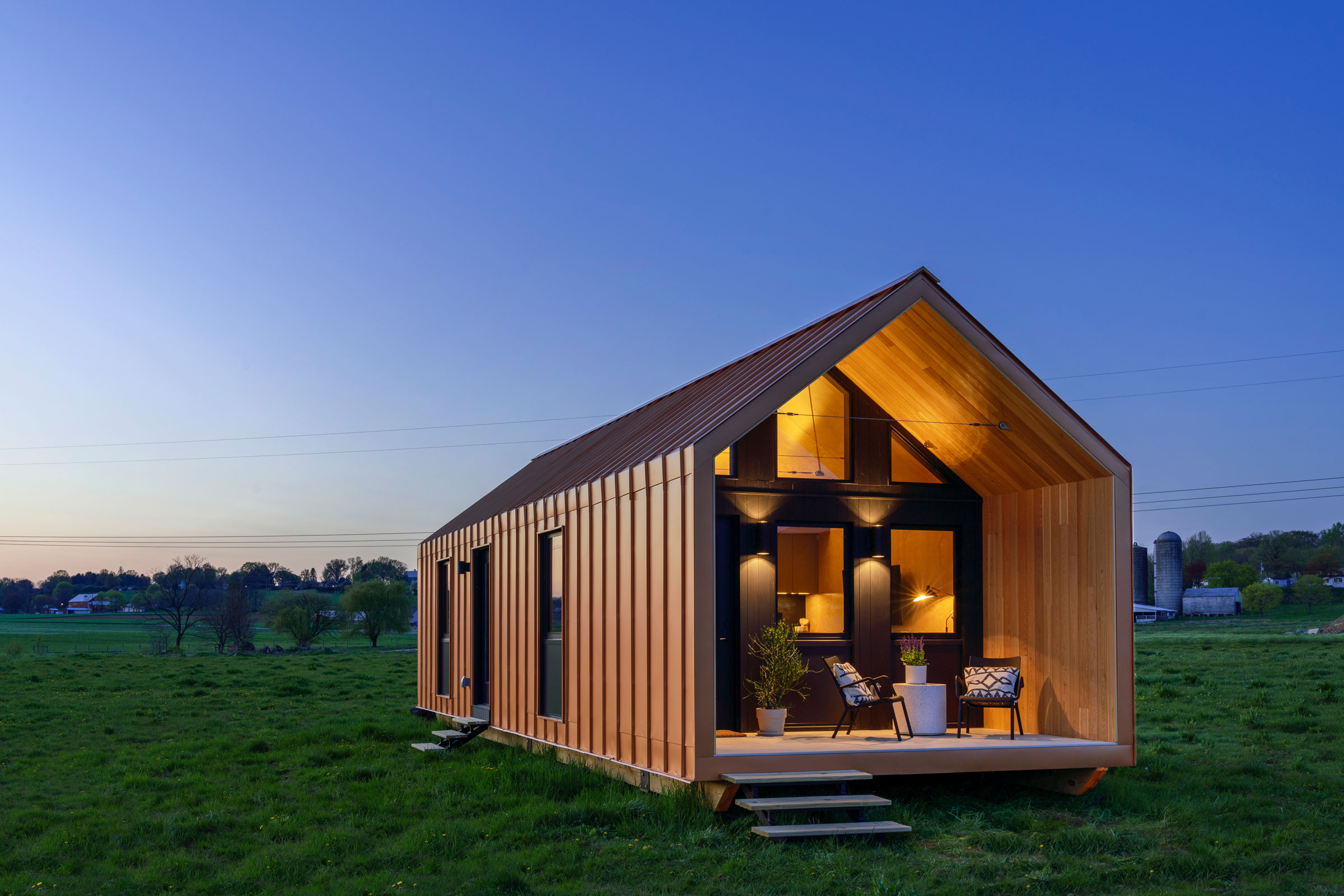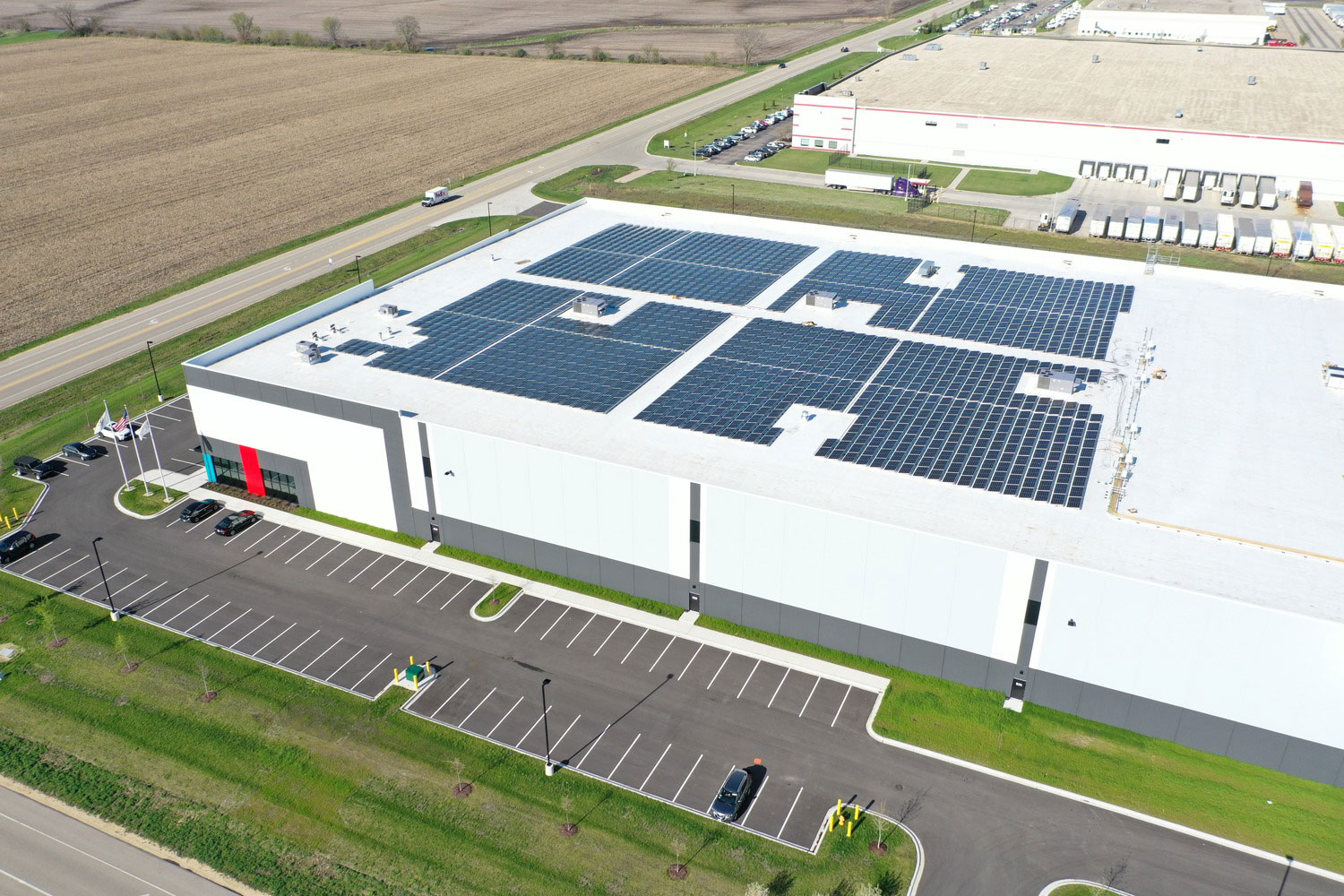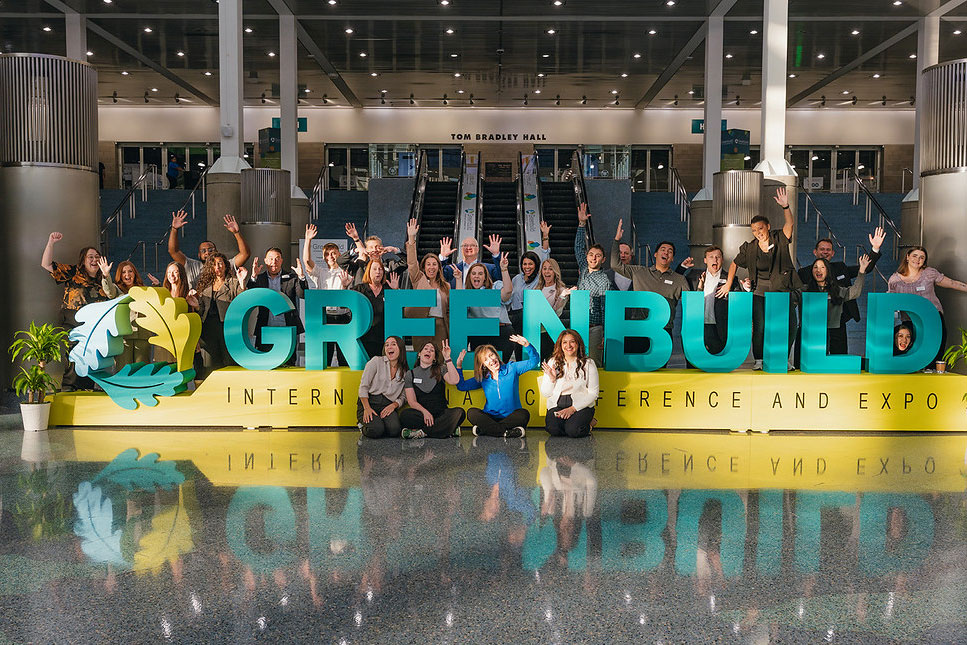Story at a glance:
- Liv-Connected uses modular construction to create quality, affordable homes.
- The idea for the structures came about as an alternative to the FEMA trailer.
- Thoughtful design and material decisions make Liv-Connected homes a sustainable option.
With inflation rates hitting a record high in June, soaring rental prices have forced many to vacate their apartments in search of more affordable living situations. For those looking to buy a home, rising mortgage rates have reduced affordability for borrowers, pushing the volatile housing market into a slow freeze. In 2021 almost 15 million homes were impacted by natural disasters alone, but delays in the supply chain due to the pandemic have caused prices to skyrocket, limiting reconstruction projects.
Quality affordable housing almost seems impossible in today’s market, but a few prototypes are in the works that are aimed at tackling this issue. Liv-Connected is ahead offering affordable units to prospective buyers with a sustainable construction process and innovative design options.
Affordable Design
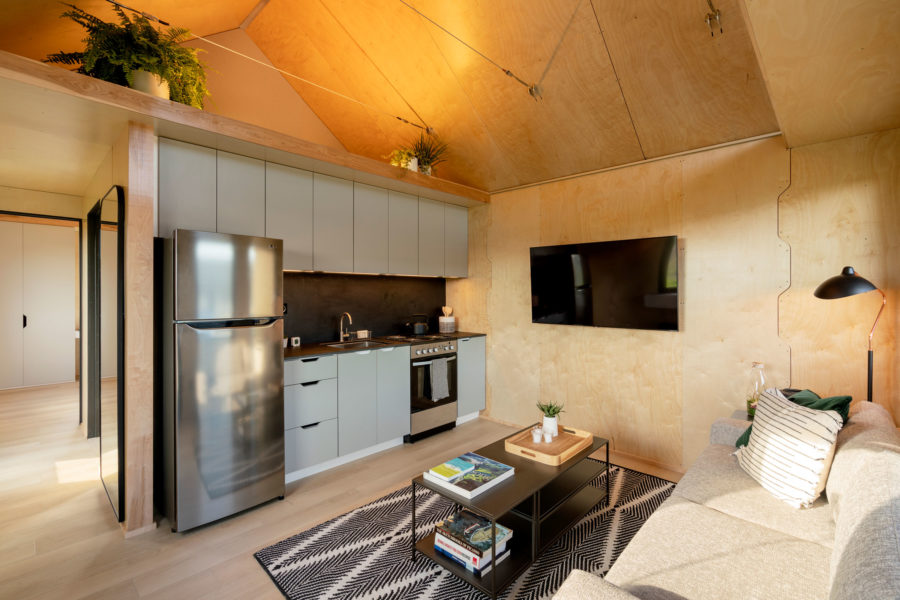
The Conexus offers the versatility of expansion, as additional pods can be added for quick and easy growth. Photo courtesy of Liv-Connected
Starting as a disaster relief project, CEO Herb Rogove, a decorated medical professional, and his son, Jordan Rogove, the COO and director of architecture and design, partnered with fellow architects Wayne Norbeck and Joe Wheeler, to create an alternative to the FEMA trailer. The challenge was to figure out an affordable method to create housing for thousands of people in a short amount of time.
“We started with rethinking modular,” Jordan says. “We saw all these modular companies building wide loads and putting them on the highway. You’ve got your pilot cars, you’ve got permits, it costs 20,000 bucks to go from state to state and we’re like, that’s dumb. Why not make a house that folds up into pieces and then clicks together? So that was the basis; we take these cartridges and plug them together to make a house, and then ship them really tight on, hopefully, trucks that don’t require professional drivers, so we can just have laborers drive and assemble the houses.”
Using this method and design, their first model, the Conexus house, was created. The design landed them as a finalist for the FEMA competition, but as they continued to develop the idea they found that a lot of private clients were interested, so they started working to bring the modular house to market. “We want to make it almost like a car-buying experience for people who are afraid of working with architects, contractors, filing municipal approvals,” Jordan says. “Now they can just come to us and they can buy a house for a lot less and get it done in like 20 to 25% of the time.”
Available Products
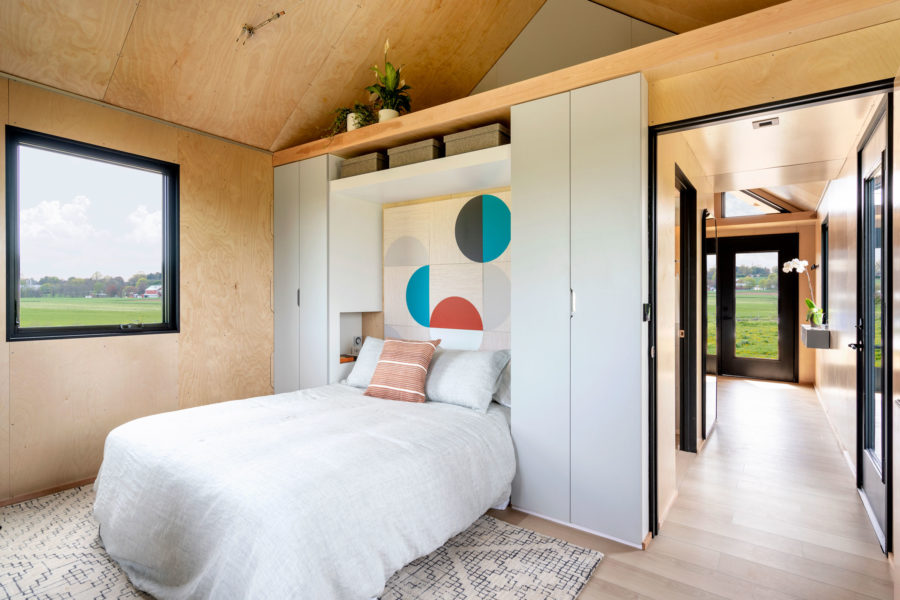
The Conexus comes in the standard one-bedroom design, but two and three bedroom units are also available. Photo courtesy of Liv-Connected
Currently Liv-Connected has two base designs: The Conexus Home starting at $150,000, and the Via, a mobile home designed for life on the go that can start as low as $90,500. Both offer varying interior and exterior design options as well as a choice for add-ons.
The Conexus offers the versatility of expansion, as additional pods can be added for quick and easy growth. A one-bedroom unit has the option of expanding into two or even three bedrooms.
The Via comes in the standard one-bedroom design, but a loft unit can be purchased to allow for some extra room. “What’s cool about the Via is the price point dips below six figures, and we can assist in getting a mortgage for that so people who had previously been unqualified, or they haven’t qualified for mortgages, can now all of a sudden get a mortgage for less than or equal to rent, but they’re also building equity,” Jordan says.
Innovative Health Care Tech

Liv-Connected is working on partnering with technologies that allow users to raise or lower surfaces like bathroom counters and toilets to help people with mobility issues. Photo courtesy of Liv-Connected
Each Liv-Connected home also comes with the option of including health care technologies like LiDAR systems and telemedicine portals. LiDAR, an evolving three-dimensional scanning technology, has a range of varying applications, but recently the technology has shown promise in the field of preventative medical care with the ability to monitor vitals and even predict when a fall-risk victim is attempting to get up. Telemedicine is a remote medical service that’s gained in both popularity and application during the pandemic.
“We take a lot of these disparate technologies that have different apps and figure out how they all work together and then we’ll come in and install them for you,” Jordan says. “We love the idea that the house is a more permanent thing that can change over time, and that includes the health equipment. If you don’t want to buy it right off the bat you can add it later when you get a little older.”
They’re also working on partnering with technologies that allow users to raise or lower surfaces like the kitchen and bathroom counters, or even the toilet, to help people with mobility issues. A smart mirror that will show and monitor a user’s vitals is also in the works, but that technology is still a few years away.
Sustainability

Liv-Connected is set on forging partnerships with material manufacturers that are committed to their sustainable values. Photo courtesy of Liv-Connected
Modular construction is a sustainable process by nature in that it produces less waste, saves on time, and requires less shipments thereby saving on fuel and decreasing carbon emissions. A Liv-Connected modular unit only generates 10% of the waste that the normal construction process would create, and since it’s all done in their warehouse, they can get it done quickly and shipped out efficiently.
Aside from the natural sustainable benefits that are gained from modular construction, Liv-Connected is set on forging partnerships with material manufacturers that are committed to their sustainable values. “We’re establishing a partnership with a lumber and plywood manufacturer that does everything based in the United States, uses rapidly renewable trees in all their products, and doesn’t use formaldehyde in their adhesives, so it’s the most thoughtful type of lumber you can use,” Jordan says.
For the bathroom tile they use vinyl flooring that’s made from recycled material, which, in turn, is also recyclable so homeowners looking to upgrade can re-recycle it. For clients looking to save on energy, each unit comes solar ready, meaning PVs can be installed at purchase or at a later date, and they also offer battery storage for those who might want to live off-grid.
Foreseeable Future
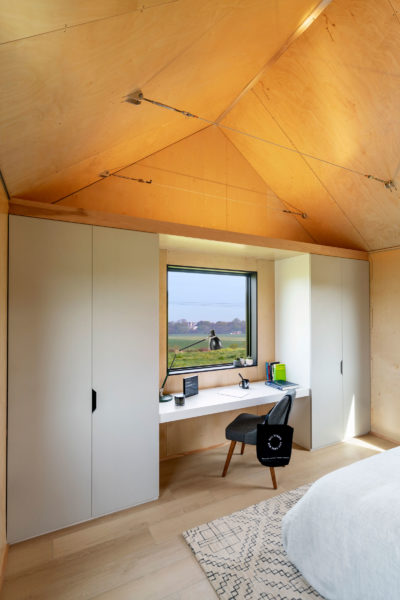
Liv-Connected looks to bridge into urban, multi-family homes one day. Photo courtesy of Liv-Connected
Considering the housing market and increased natural disasters, the need for modular construction isn’t going away.
While the Conexus home and the Via are great options for rural and suburban areas, Jordan hopes they can one day tackle multi-family home scenarios for urban environments.
“For us in New York City there are dozens and dozens of giant buildings sitting empty. The idea that we could take our technology and plug that in and make apartments in three months instead of three years, that would be a pretty incredible thing.”

